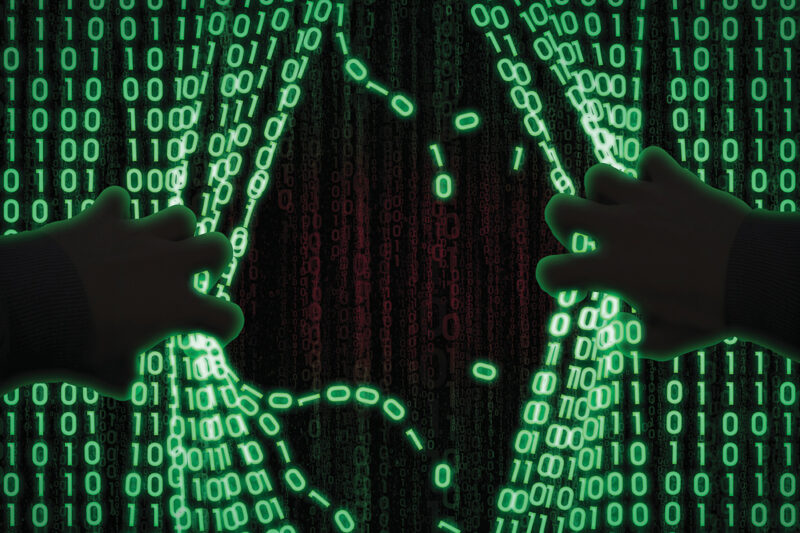Cybersecurity is a topic that everyone in the tech industry knows is important, but it’s still easy to put off doing anything about. We are all guilty of taking certain risks online, even if we know that those risks can potentially have dangerous consequences. We all have our reasons, too. It’s convenient to use the same online passwords for every service. Changing your passwords is inconvenient, ensuring they’re complex enough to be secure.
Cybersecurity is keeping a network safe from outside threats. It could mean hackers steal information or competitors gain access to sensitive company data. All business owners need to protect their sensitive data, and we’ve listed some easy ways to do that below.
Passwords
Password protection is one of the most basic cybersecurity measures you can take, but it is also one of the easiest to forget. The most important thing to remember about passwords is that the longer, the better. Whatever you do, don’t use the same password across multiple websites. Many password-protected accounts are on the same hacked database as entire company files, making them easy for hackers to access.
Encryption
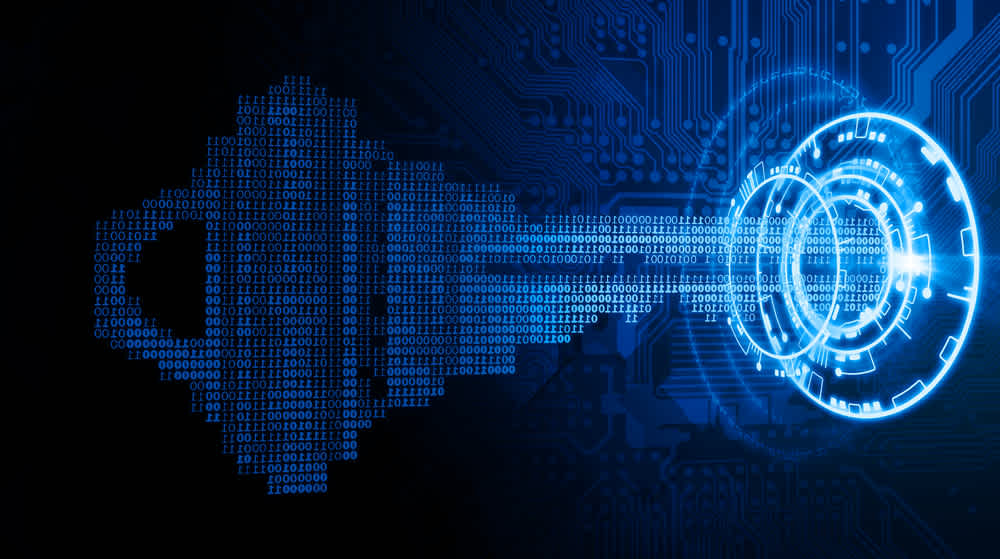
Encrypting passwords prevents passwords from being stored in plain text, which is incredibly dangerous. Just keep in mind that there is a great possibility to create a password that’s very easy to guess. A strong combination of numbers and letters could be the best way to go about it. Passwords that are longer will be more secure, but they can be challenging to remember.
Secure Login to all Systems
You’ll want to ensure that every system has a proper login protected by complex passwords. External links from your website are also crucial because you never know where your website traffic is coming from. You don’t want a hacker gaining access through a third-party link on your website or in an email you send.
What is a Cybersecurity Attack?
A cybersecurity attack attempts to disrupt, disable, or destroy critical information or services without being caught by the victims. It’s not just about stealing information or attacking the network. Sometimes it’s about creating a situation where someone can’t remain operational and working—whether that’s limited availability of electricity, water, or other resources.
It could be something as simple as an office-wide email server going down for a few hours and costing you productivity time on your end.
Cyber Attacks
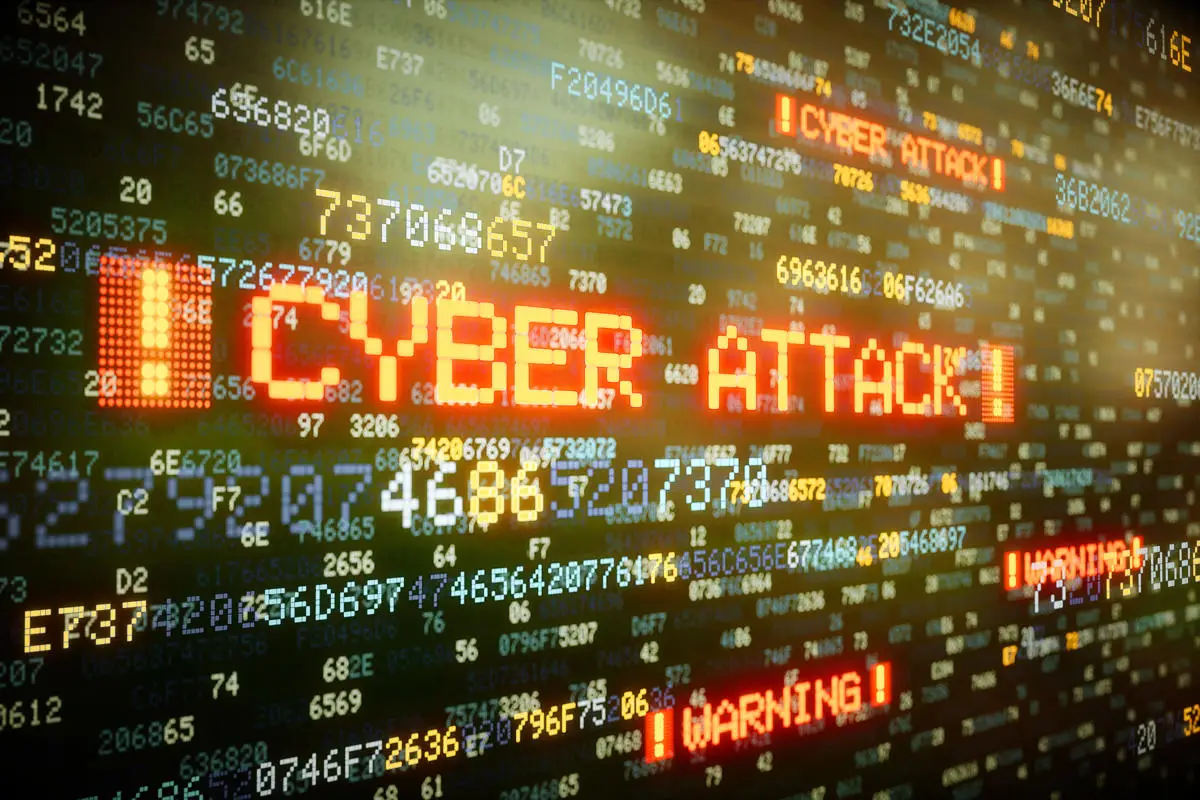
The most common types of cyber attacks are:
- Malware Attacks. Malware includes viruses, worms and Trojan horses. These malicious programs can wreak havoc on a computer system by deleting files, stealing information or rendering systems unusable. Other malware programs perform Denial of Service (DoS) attacks that overload or crash a system or network.
- Network Attacks. Cybercriminals use network attacks to steal information or disrupt business conduct.
(a) Denial-of-Service (DoS) attacks are designed to disable computer systems or networks by flooding them with useless traffic. The purpose is to overload the target’s network and make regular operations impossible. Since the DoS attack floods the target’s system with more data than it can handle, the attack overwhelms and effectively prevents access for other users.
(b) Distributed Denial-of-Service (DDoS) attacks use multiple computers to overload the target’s system or network, which results in a denial of service for legitimate users.
- Social Engineering and Phishing Attacks. A social engineering attack typically occurs when hackers use trickery or other psychological tactics to access sensitive information, such as account numbers and passwords. Social engineering attacks are often based on phone calls or email messages that appear to be from legitimate sources. In a phishing attack, hackers send emails to trick users into divulging sensitive information.
- Zero Day Attacks. A zero-day attack is when a program is found to have a security hole or vulnerability before the vendor has time to issue an update to fix the issue. Web sites can be hacked with this technique. For example, millions of Windows users were left vulnerable to attack earlier this year when it was found that Microsoft Word has a memory corruption vulnerability.
- Insider Attacks. Insider attacks are designed to exploit the trust inherent in an employee-employer relationship. In some cases, insiders may have full or partial access to confidential information about the organization they use for personal gain. They may use this information to commit fraud, steal intellectual property or take other unauthorized actions.
How to Prevent a Cybersecurity Attack
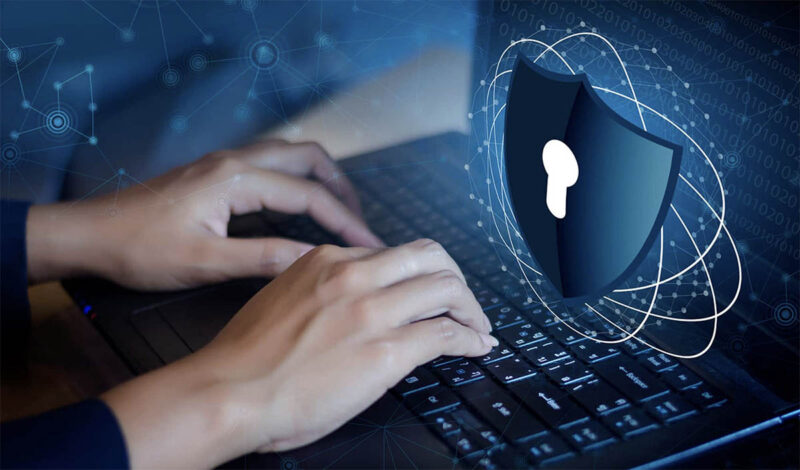
You can place a range of actions that can be taken to help prevent a cyber attack from affecting your organization. These actions will help make sure that your employees follow security regulations, including the necessary technical and operational procedures. Businesses should also consider the information-sharing practices within the organization and how they can reduce the impact of and recover from any potential cyber-attacks.
1. Awareness and Training
You can educate employees about the risks and consequences of a cyber attack is important. Training employees to think about how cybercriminals may attempt to steal personal or corporate data and what sort of tactics they might use will help employees better protect against cyber attacks. Such training should be ongoing and should be refreshed periodically.
2. Data Protection
Can restrict access to sensitive data on computers is important, as well as requiring authentication when accessing the system. Closing and locking doors in the physical world to protect against theft is a good analogy. You can also encrypt important data. Data encryption uses technology to scramble sensitive data, making it unreadable without a decryption key. Encryption is like putting documents in a lock box, which only gives someone access after you provide the key.
3. Secure Software Development
Software developers should be aware of security threats and incorporate appropriate measures into the design and testing of software applications. Software developers should also know that it’s easy to overlook security issues. They may also need to perform regular testing of security features.

4. Vulnerability Management and Penetration Testing
Vulnerabilities (also known as flaws in the software) are places where the security system breaks down. Vulnerability management is a process by which systems are tested for vulnerabilities before deployment. This process can help ensure a system is secure against known threats. Penetration testing serves as a final security test before being implemented in production environments.
5. Control Access to the Network
A firewall is a network security device that helps restrict access to a network. You can use firewalls at different points in the network: on an Internet connection, on an Intranet, or even on a single computer. Firewalls must be configured and managed, and you should update them to protect against known security threats.
6. Data Backup and Recovery
In the case of a cyber-attack, you must have a backup and recovery plan that allows the business to recover from a security breach. It means having multiple backups and having them stored in different locations. It’s also important to ensure that the backups are tested from time to time to make sure they are still valid.
7. Manage Change Effectively
You can make changes that can be either intentional or unintentional. Intentional changes are made to the network to address a specific business need, including security. Hackers can cause unintentional changes or result from a software update or patch.
8. Monitor Your Network and Systems
Continuous monitoring is important because it helps you to understand how your systems are being used and what kinds of data are passing through them. This knowledge helps you identify potential security threats and respond quickly and effectively.
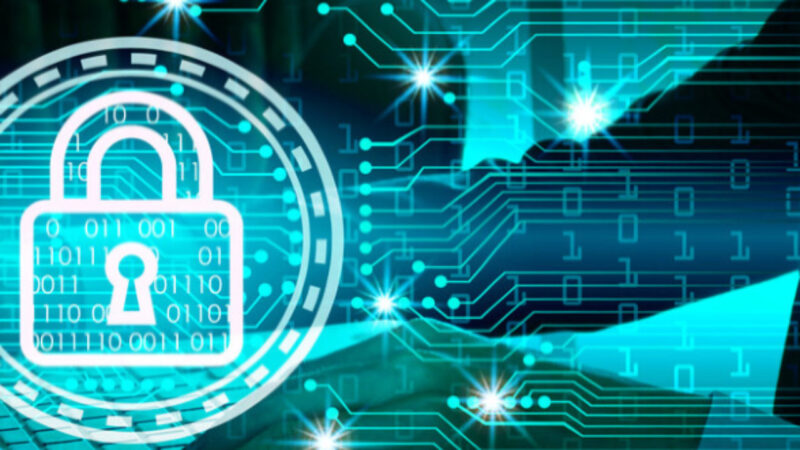
9. Perform Incident Response
You can install an incident response plan to respond to security breaches. The plan should include a response framework, which includes guidelines for dealing with major security breaches and an approach for handling them. Third-party service providers can also help with the response process.
10. Control Physical Access to Assets and Data
Physical access controls help ensure that only authorized people can access physical locations where assets and data are stored. These controls can include security measures such as fences, guards, and video cameras. Similar physical controls should be in place for data communications and storage.
11. Use Security Email
You should use a secure email address for sending sensitive messages and documents. Some businesses may give users a choice of two email addresses. The “corporate” you may use for sending company announcements, and the “personal” for discussing sensitive topics with coworkers or clients. It’s also important to close all emails containing information that is not meant to be disclosed outside the company, such as unencrypted files or highly sensitive data.
As cybercrime becomes a progressively important threat to business, the key to its prevention is to take the necessary measures to secure your network topology and end. Both internal and external parties expect these measures. Security breaches have become so widespread that they have become automatic scenarios in day-to-day business.
